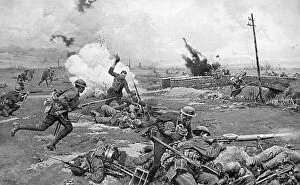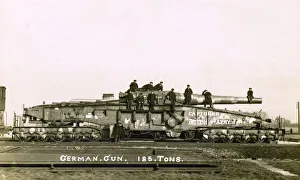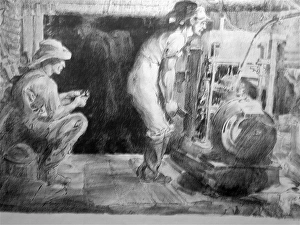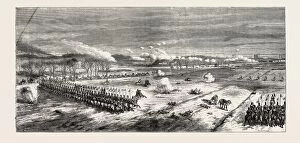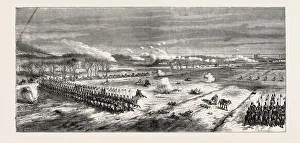Bretonneux Collection
"Bretonneux: A Battlefield of Resilience and Triumph" In the midst of the chaos that engulfed World War I
All Professionally Made to Order for Quick Shipping
"Bretonneux: A Battlefield of Resilience and Triumph" In the midst of the chaos that engulfed World War I, Bretonneux emerged as a symbol of Australian courage and determination. It was here that Australian troops launched a remarkable counter-attack at Amiens, turning the tide in favor of the Allies. The Battle of Amiens witnessed an extraordinary feat - the capture of a formidable German Railway gun. This victory not only dealt a blow to enemy forces but also showcased the resourcefulness and bravery displayed by soldiers on both sides. Amidst the ravages of war, Villers-Bretonneaux Church Bells tolled solemnly, echoing through shattered landscapes. These bells became poignant reminders of hope amidst despair, their chimes offering solace to those caught in the crossfire. But Bretonneux's history extends beyond WWI; it bears witness to previous conflicts too. The Battle Amiens 1870 stands as a testament to France's resilience during times of adversity, with its people bravely defending their land against Prussian invaders. As if touched by destiny, Bretonneux found itself entwined with another significant chapter in history - The Cookers near Villers-Bretonneaux in Somme during 1918. These brave souls prepared meals for weary soldiers returning from battle while tanks stood defeated nearby - remnants from an earlier clash known as "the battle of tanks. " The echoes reverberate further back into time when Franco-Prussian War unfolded upon these very grounds. In 1870, French and Prussian forces clashed fiercely during The Battle Of Amiens. Courageous infantry stormed forward relentlessly, leaving an indelible mark on this historic town. Amongst those who led with unwavering resolve was General Sir John Monash – an esteemed Australian army officer whose strategic brilliance played a pivotal role in shaping Bretonneux's fate during WWI. His leadership and tactical acumen inspired troops to achieve the impossible.

